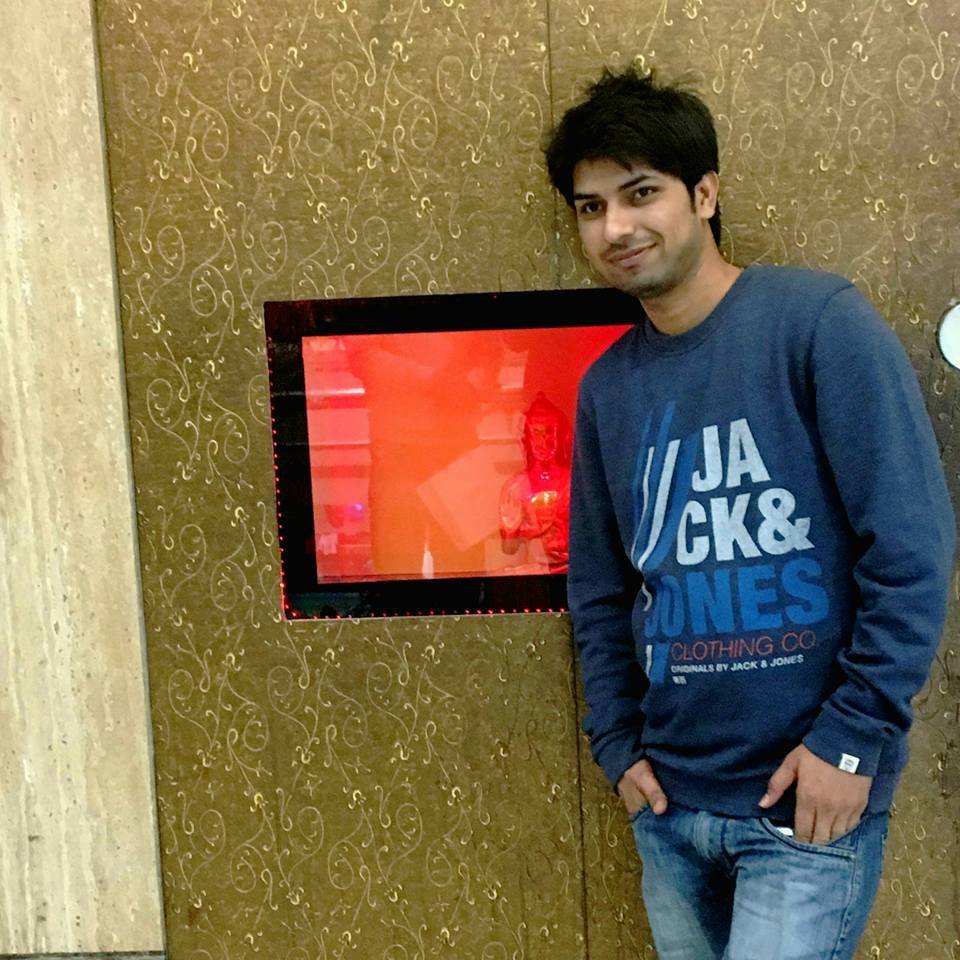Case Law Details
Case Name : CIT Vs M/s. Chaphalkar Brothers Pune (Supreme Court of India)
Related Assessment Year :
Courts :
Supreme Court of India
Become a Premium member to Download.
If you are already a Premium member, Login here to access.
Sponsored
CIT vs. Chaphalkar Brothers Pune (Supreme Court)
Brief Facts of the Case
- The Assessee, Chaphalkar Brothers Pune, one of the appellant from batch of appeals from Maharashtra and West Bengal, was engaged in the business of Multiplex Theatre in Pune, Maharashtra.
- The Govt. of Maharashtra, by way of ordinance before 4th December, 2001, introduced subsidy scheme in the form of exemption of entertainment duty in Multiplex Theatre Comple
Please become a Premium member. If you are already a Premium member, login here to access the full content.
Sponsored
Kindly Refer to
Privacy Policy &
Complete Terms of Use and Disclaimer.





